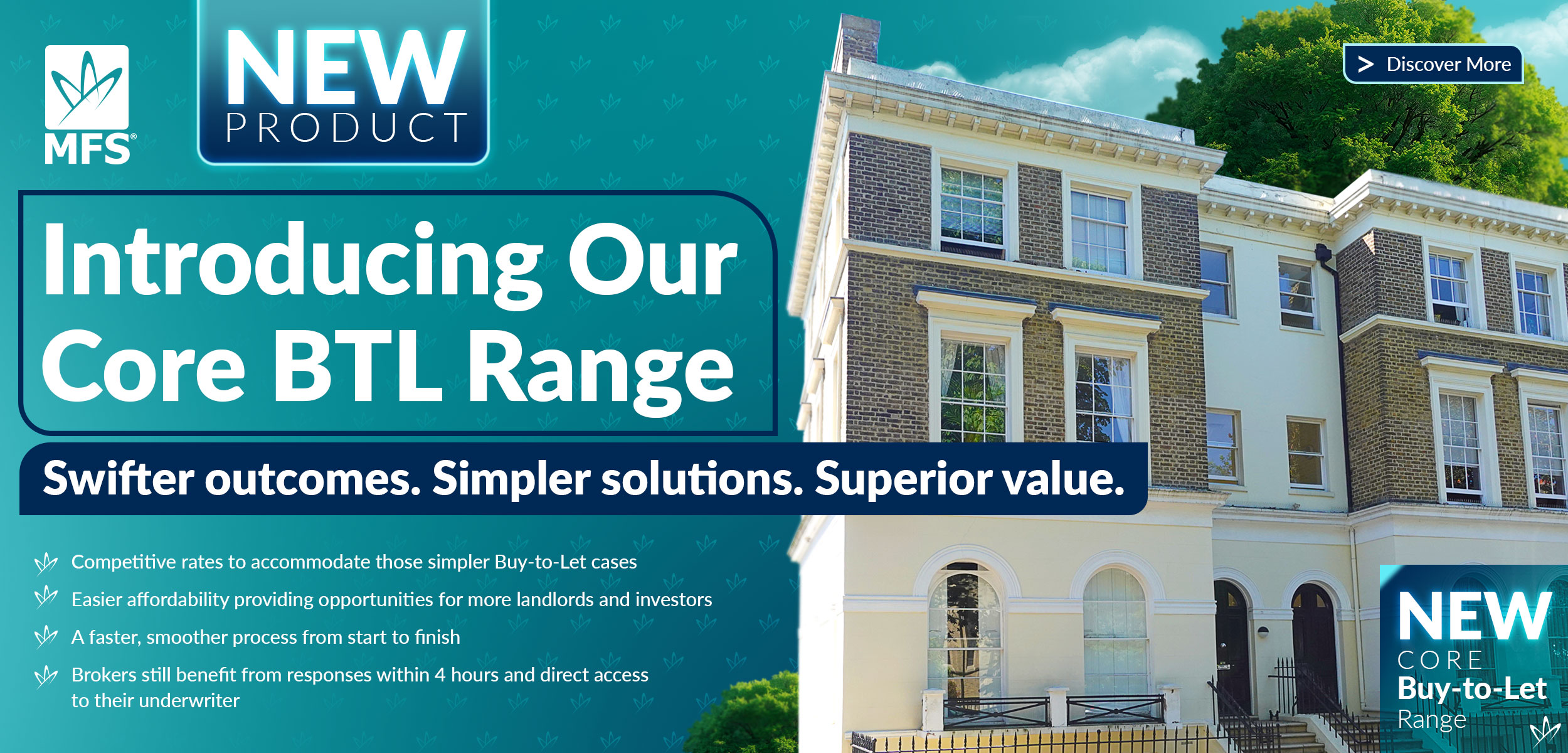Homebuyers poured £1.4bn into Treasury coffers in March as thousands rushed to complete purchases ahead of the return to higher Stamp Duty thresholds, analysis from Coventry Building Society has revealed.
The last-minute scramble marked a 34% increase in Stamp Duty receipts compared to February and a 63% jump on the same month last year, according to figures released by HM Revenue and Customs.
From 1 April, the nil-rate threshold for standard home movers halved from £250,000 to £125,000 – a change that has doubled the tax bill on an average home in England from £2,082 to £4,582. For first-time buyers, the relief threshold fell from £425,000 to £300,000, hitting those in high-value markets particularly hard. In London, where the average first home now costs £477,695, this has meant an increase in Stamp Duty from £2,634 to £8,884.
The revisions have effectively reinstated the 2014 thresholds, despite a significant rise in property prices since then. At the time those levels were first introduced, the average house in England cost £191,986. That figure now stands at £291,640 – a rise of over £99,000 – and yet the tax-free band remains unchanged, increasing the financial burden on today’s buyers.
So far in 2025, homebuyers have paid £3.3bn in property tax, with March alone accounting for nearly half that figure.
Jonathan Stinton, head of intermediary relationships at Coventry Building Society, said: “March was always going to be a busy month for homebuyers, with people rushing to complete before the Stamp Duty cliff edge. Now the deadline has passed, many will be facing thousands more in upfront costs – which can be a big hit when people are already juggling deposits, legal fees, and the cost of setting up a home.”
He added that the changes are likely to ripple through the wider market. “These kinds of changes don’t just affect individual buyers – they can shift the market as a whole. Some might delay moving altogether, while others could be priced out of areas where the average house price is above the threshold. It raises the question about whether our property tax system is keeping pace with today’s housing market – where prices have surged and tax bills have rocketed as a result.”






